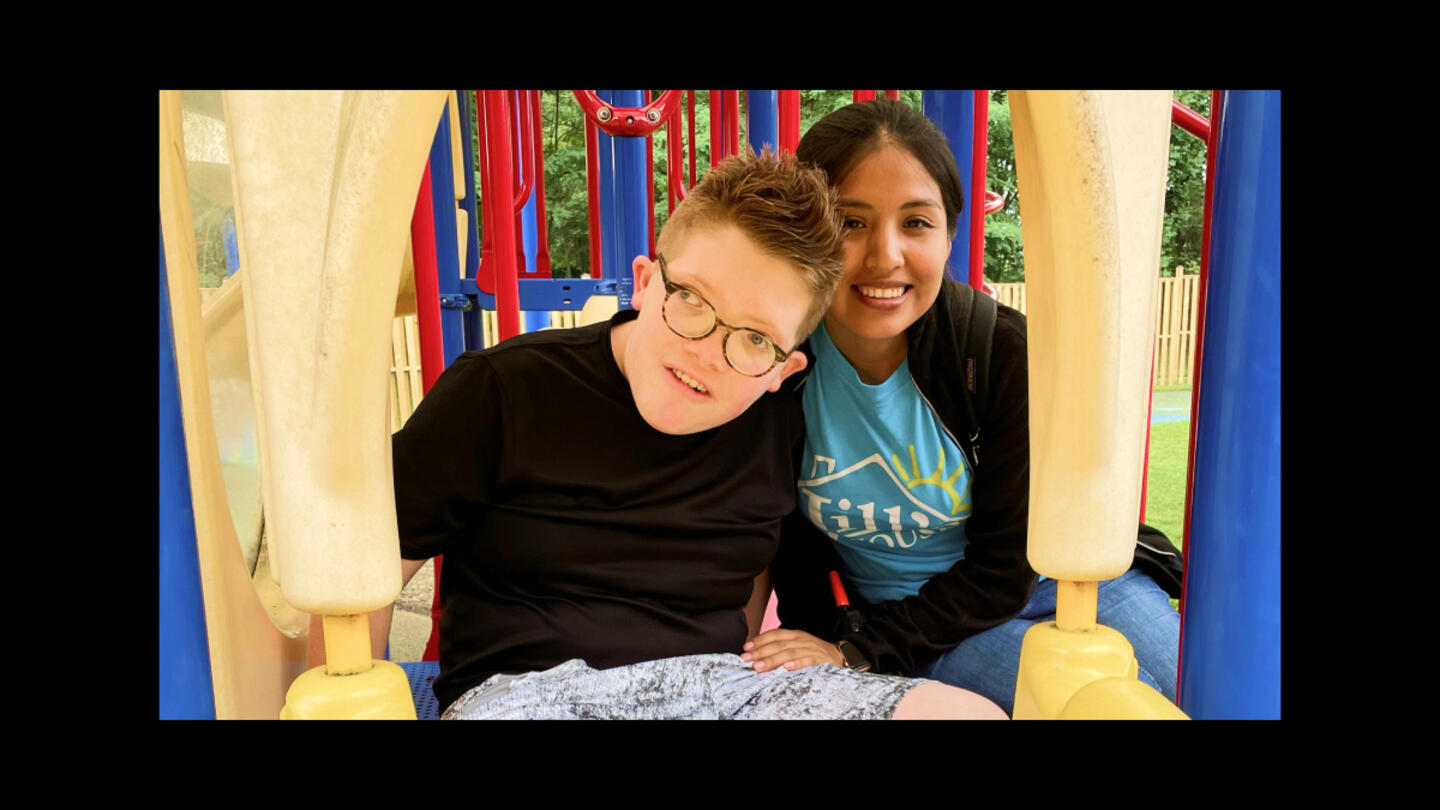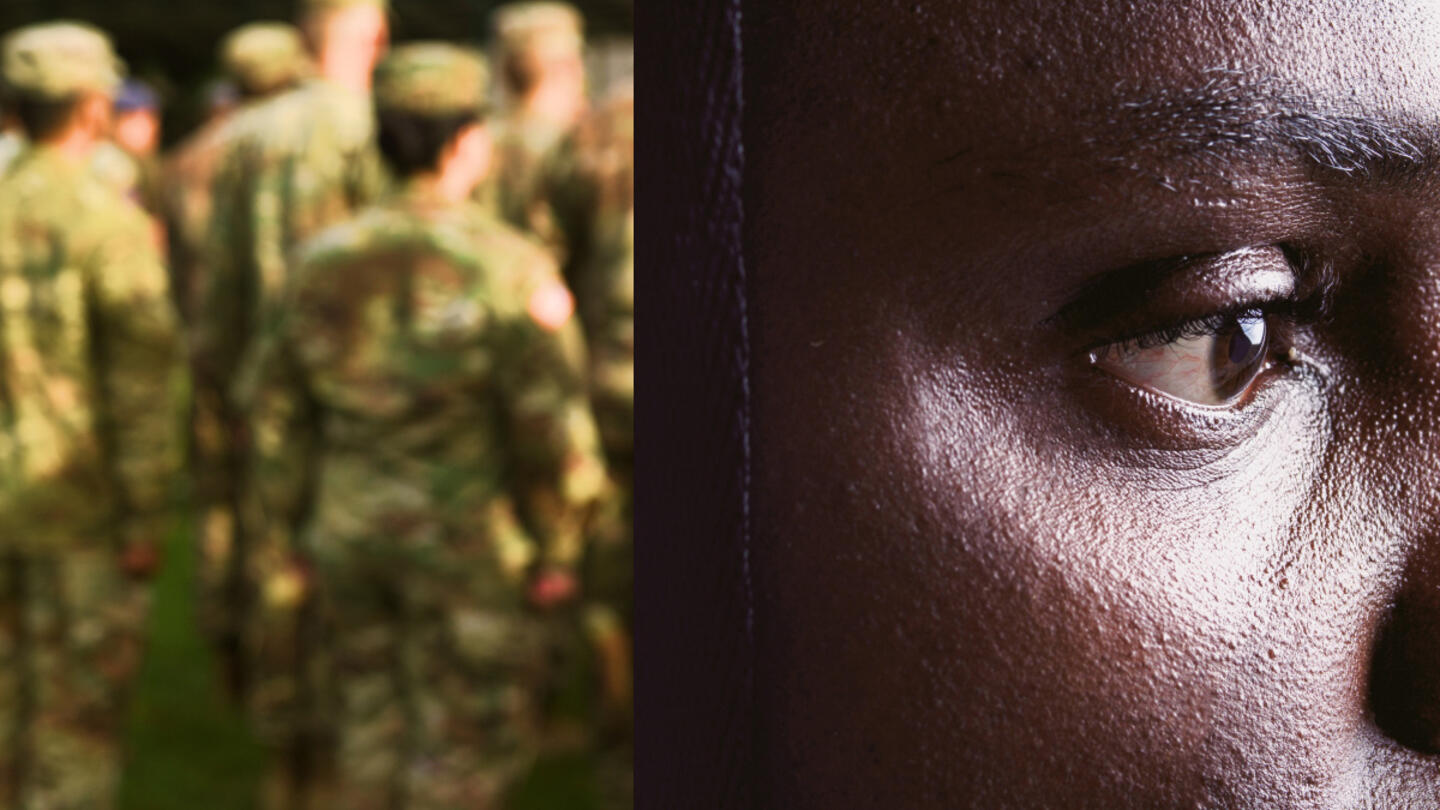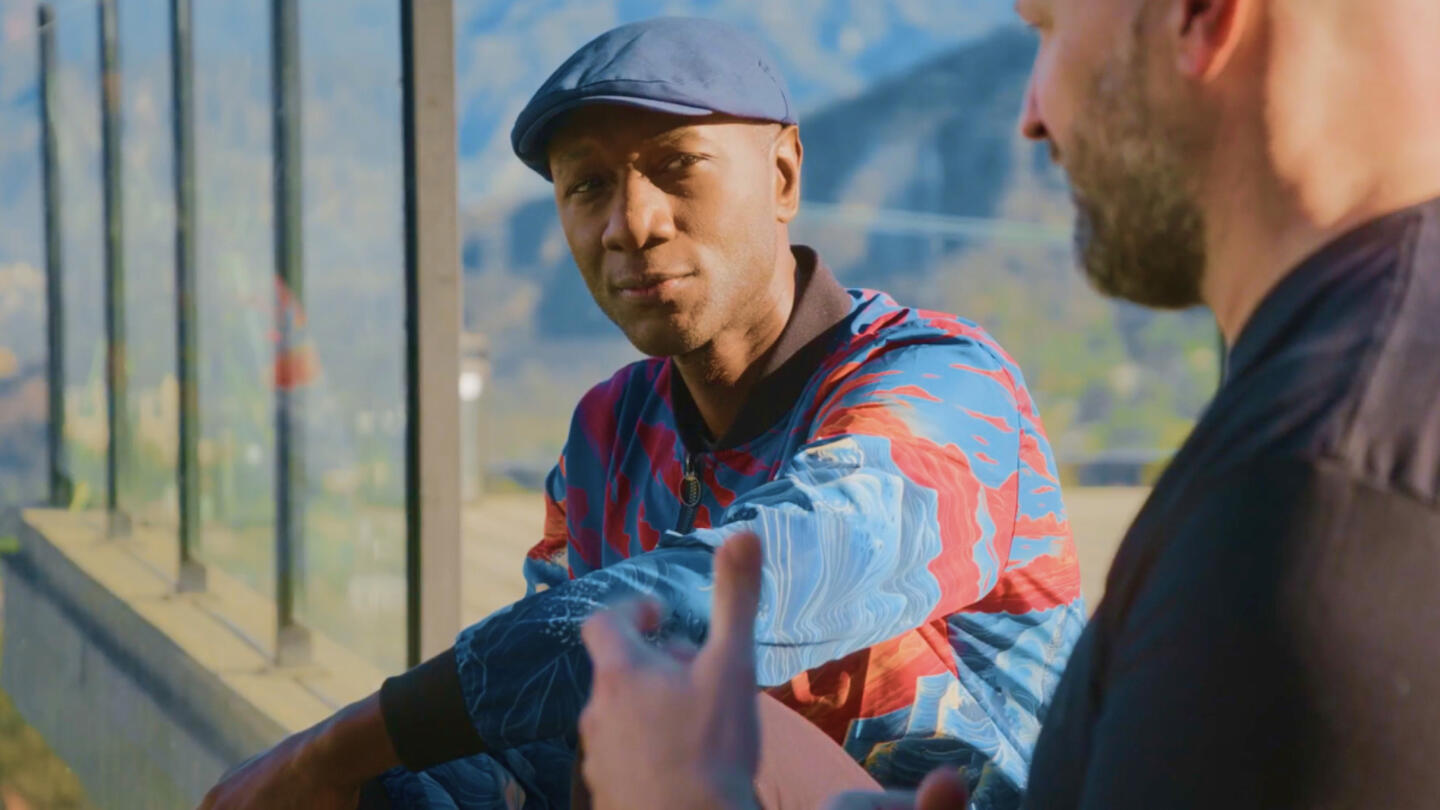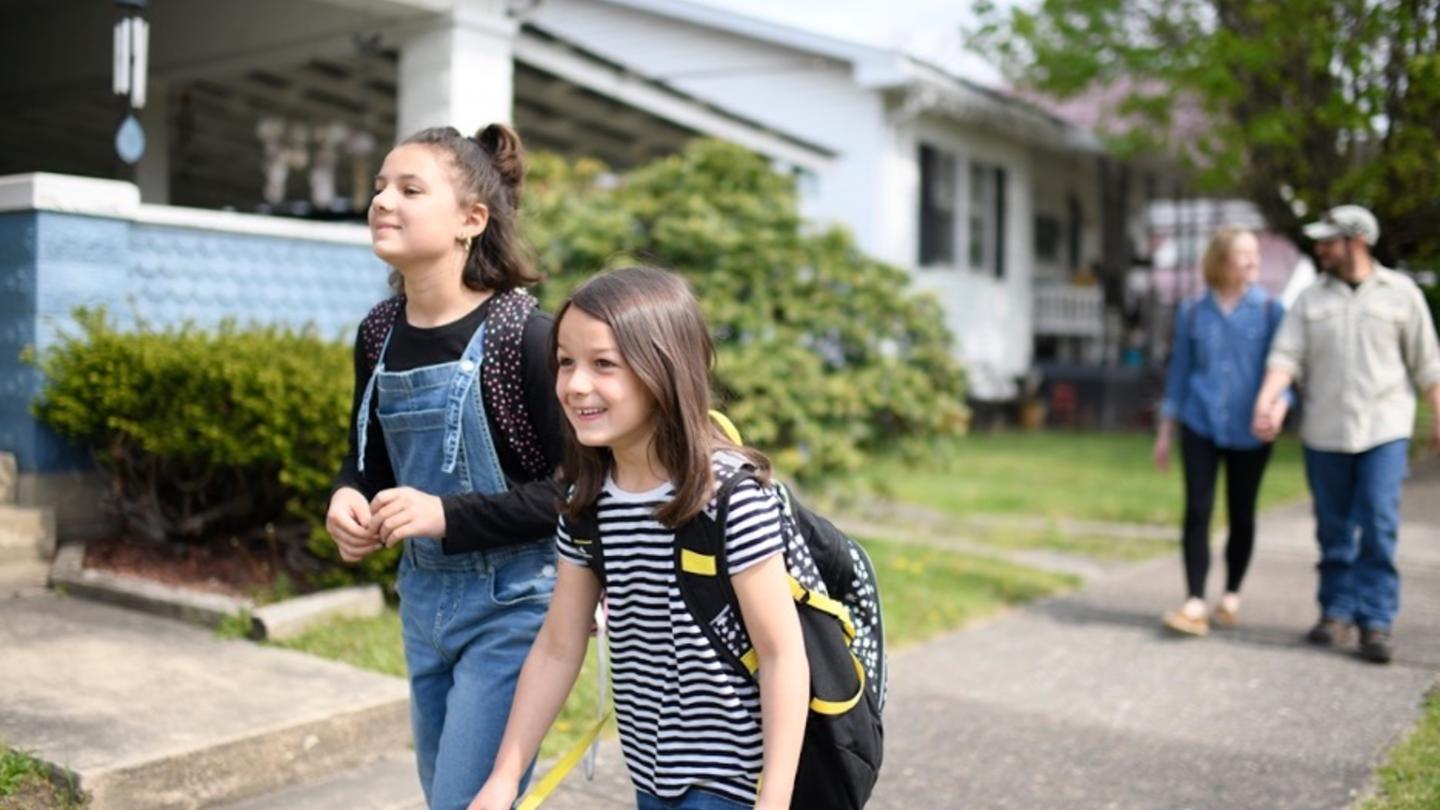Foster care is an important issue in the United States, affecting many children who need safe, supportive homes. These foster care statistics in the United States highlight the state of out-of-home care and its challenges, pointing toward opportunities for bottom-up solutions that can empower those involved to address them effectively.
The current state of the foster care system
Foster home care provides a temporary, safe environment for children who can’t live with their birth families. The ultimate goal of these placement services is the reunification of the child with their biological family. Understanding the current state of foster care adoption can help improve the lives of these vulnerable children through innovative solutions in the foster care system.
According to the Children’s Bureau Adoption and Foster Care Analysis and Reporting System (AFCARS) data:
- Over 560,000 children are in the public foster care system in the United States.
- California has over 67,000 children in foster care, representing the state with the highest level of children in alternative home care.
- Over half the children in out-of-home care are eight or younger.
- 43% of children are white, 23% are Black, and 22% are Hispanic.
- The most common reasons children enter the system are because of neglect (62%) and parental drug abuse (33%).
- 46% of children are reunited with their parents or primary caregivers.
- A little over 50,000 children are successfully adopted a year.
When possible, social workers aim to place children with relatives or familiar caregivers, known as kinship care, to ease the transition and minimize trauma.
Reasons children enter a foster home
Various factors, including economic and social factors influence the foster care adoption system. Dignity, at its core, means recognizing the inherent worth of every person, no matter their circumstances. In the context of foster care, this means that families should be approached with respect and understanding.
Economic factors play a significant role, but economic instability alone doesn't account for all cases. Many families face hardships, like lack of housing or food, not because they are neglectful, but because they lack the resources to provide. By respecting their dignity, solutions can be sought that support and uplift them, rather than assuming fault.
Social factors like family relationships and instability, parental substance abuse issues, domestic violence, and untreated mental health challenges can impact the system. In such instances where neglectful or harmful behavior towards children occurs, caregiving families may be necessary while the parent receives mental health support and treatment.
The impact and challenges of foster care on children
Foster care statistics reveal challenges these young individuals face in mental health, education, and transitioning to independent living as they age out of the foster system.
Understanding the emotional and psychological impacts on children can ensure they receive proper support.
Common short-term effects of substitute care on children can include:
- Emotional distress from family separation
- Adjustment challenges to new environments and caregivers
- Potential behavioral issues from trauma
- Disruption in education and social relationships
- Anxiety and uncertainty about the future
Long-term effects of foster family care can affect children well into adulthood, including affecting how they form stable relationships, an increased likelihood of substance abuse, and higher potential involvement with the criminal justice system.
Found Village fills a critical gap in foster care by supporting youth from 13 to 25. Ninety percent of these kids move into employment or post-secondary education after high school, 76% transitioned from behavioral to traditional schools, 89% saw reduced psychiatric hospitalizations, and 70% stayed reunited with their families after foster care.
By meeting basic needs and fostering stability, trust, and personal growth, Found Village helps these foster youth feel a greater sense of belonging while unlocking their full potential.
Supporting foster children transitioning to independent living
Another critical aspect of foster family care is transitioning out of care without a permanent family or support network. Programs that assist these vulnerable children can offer life skills training or mentorship, educational and career support, and access to stable housing to help them thrive beyond the system.
Sign up for the Strong & Safe Communities newsletter for stories, ideas, and advice from changemakers working with their neighbors to address the biggest problems we face.
A notable advocate for this cause is Simone Biles, a former foster youth who partners with Friends of the Children to expand mentorship opportunities. Such initiatives help these children find meaning and purpose in their lives, empowering them by giving them the tools and support they need to discover their own strengths and chart their own path toward success. The impact of Friends of the Children is powerful: 93% of alumni avoid the justice system, 83% graduate from high school, and 98% avoid early parenting, demonstrating the lasting benefits of these long-term relationships.
Supporting and empowering foster families through community
Foster families play such an important role in giving kids safe, supportive homes and helping with family reunification, but they face some serious challenges.
What are some common challenges and potential strategies foster parents can implement?
- Emotional strain: Access to counseling and support groups for both foster parents and children can provide coping strategies and emotional support.
- Navigating bureaucracy: Foster parents can benefit from training on how to navigate the system, along with having a dedicated caseworker to assist with paperwork and legal issues.
- Behavioral issues: Specialized training in trauma-informed care and access to behavioral therapists can help foster caregivers manage and support these issues.
- Inadequate support systems: Foster parenting may feel isolated, especially without a support system. Creating robust support networks, including peer support groups, mentorship programs, and regular check-ins from social workers, can offer support.
Community-based support in foster care: how you can help
Community involvement and support can help improve out-of-home care outcomes for vulnerable children. There are many ways someone can help, including becoming a mentor, donating or organizing fundraisers to support foster youth or families, and supporting kinship caregivers.
National Angels uses a bottom-up approach to support foster youth and families through intentional giving, relationship building, and mentorship. This community-centric model empowers these individuals to realize their worth and pursue their future goals.
Building a brighter future for foster children
Foster care in the United States is critical, with many children in need of safe, supportive homes. Addressing these challenges requires tracking outcomes, supporting community-based interventions, and embracing innovative, bottom-up solutions. Programs that focus on reunification, adoption, and transition to adulthood foster mutual benefit, allowing all parties involved — children, families, and the broader community — to succeed.
Tracking statistics about foster care and adoption outcomes helps identify areas for improvement and develop strategies to ensure more children are reunified with their families or that they find their forever homes.
More on foster care in the United States
- Safe Families helps keep children out of the foster system through community-based care, addressing the root causes of family crises while providing support to struggling parents.
- How can mentorship transform a child's life? The Arthur Project uses innovative approaches to guide middle schoolers towards success through mentorship.
- CarePortal mobilizes faith communities, businesses, and individuals to meet urgent needs and prevent foster care entry, connecting with others while making a difference.
***
Learn more about Stand Together's efforts to build strong and safe communities, and explore ways you can partner with us.

At this ‘resort,’ children with intellectual disabilities are seen as gifts to be celebrated and loved.

Veterans experience loss when leaving service. Could this be key to understanding their mental health?

The Grammy-nominated artist is highlighting the stories we don’t get to hear every day.

With his latest project, Blacc isn’t just amplifying stories — he’s stepping into them
